Winslow Homer’s Personal “Bible”
On a visit to his Prout’s Neck studio, Winslow Homer’s friend and fellow artist John W. Beatty picked up a dogeared book and asked him if he found it of value. Homer quickly and succinctly replied, “It is my bible.” The book was Michel Eugène Chevreul’s The Laws of Contrast of Colour, first published in 1839. Homer’s beloved copy, published in 1860, will feature in our June 15 auction of American Art.
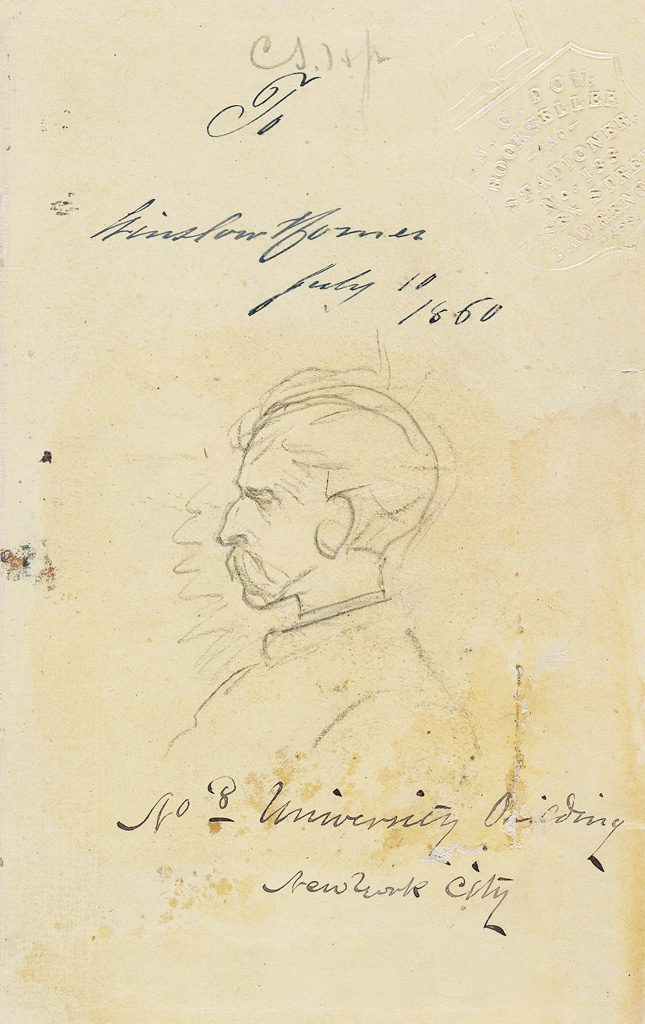
Lot 2: Winslow Homer, Portrait of Charles Savage Homer, Jr., pencil, on the front end page of the artist’s personal copy of The Laws of Contrast of Color, 1860, by Chevreul, 1884.
Estimate $5,000 to $8,000.
According to David Tatham, “The book was presented to Winslow Homer by his older brother Charles (above) in 1860, before Homer had begun seriously to paint in oils (though he was by this time well-established as a popular illustrator and had used watercolor washes for some of his drawings). Homer apparently used the book as a basic guide for color usage throughout his career. It is the only book on art known to have been owned by Homer except for unidentified works on the etching process . . . Beyond its use as a color guide, this copy seems to have been used by Homer as a kind of scrap book, including as it does Homer’s pencil portrait of his brother, Homer’s address at the New York University Building during 1861-72, a photograph dated 1882 from his years in England, a clipping of 1887 or later showing Chevreul at age 102 and many other markings and inscriptions.”
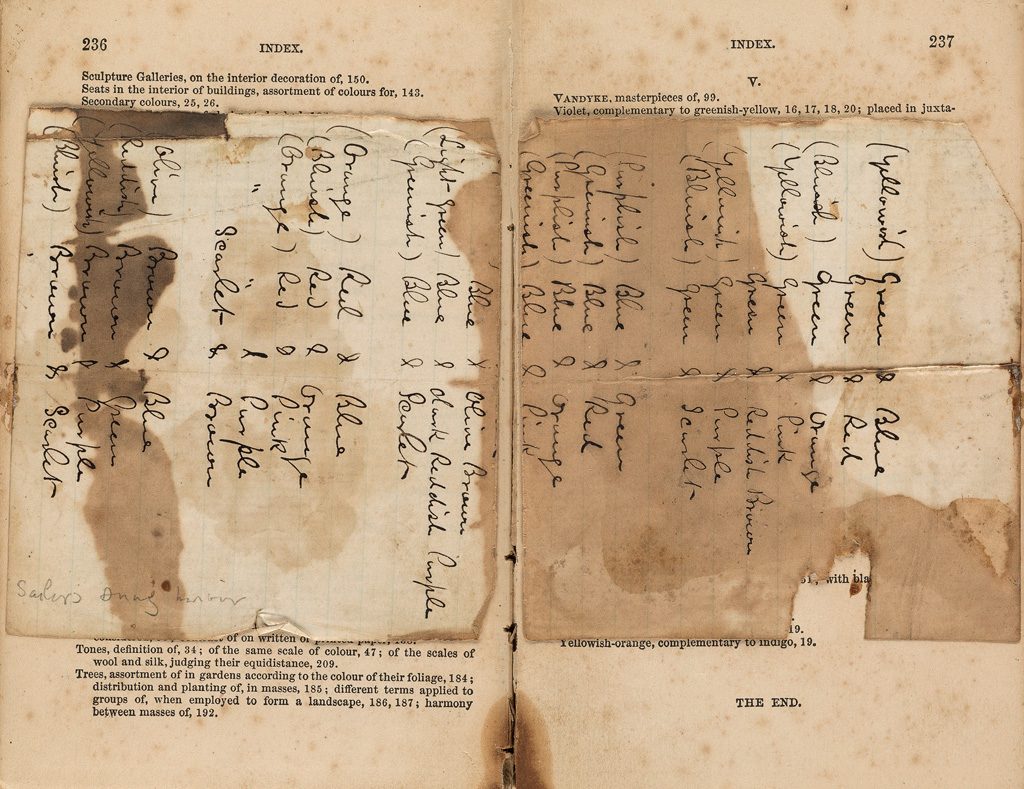
Lot 2: Winslow Homer’s copy of Chevreul’s book, The Laws of Contrast of Color, showing notes.
Chevreul was the first color theorist to acknowledge that colors operate relative to one another–that one green leaf looks different against a blue sky that its brown trunk, for example. Josef Albers picked up this theory more than a century later with his book, The Interaction of Color. Both authors contend that a color depends on the shades that surround it, and that different color combinations will produce different effects. The vibrant plates Chevreul used to demonstrate his theories look as though they could have been part of Albers’s tome instead.
The lot includes an unmarked, relatively pristine copy of the same book that had also been in Homer’s possession in his studio in Prout’s Neck, Maine. The images above come from this second book, because Homer’s preferred version is extremely delicate.
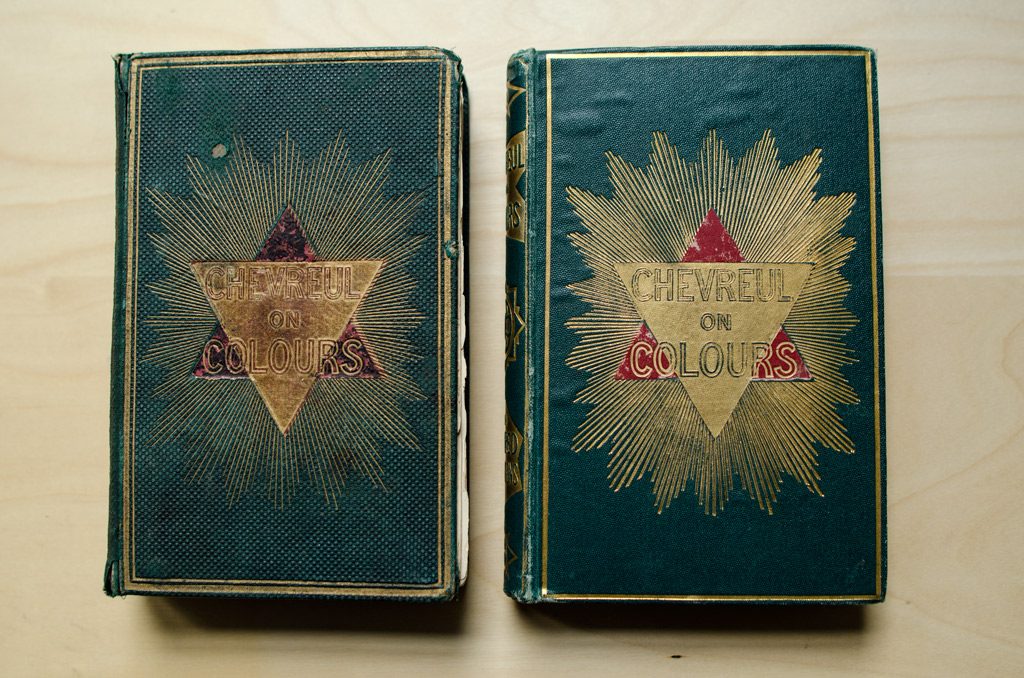
Lot 2: Winslow Homer’s two copies of The Laws of Contrast of Colors.
Browse the full catalogue for more American Art.
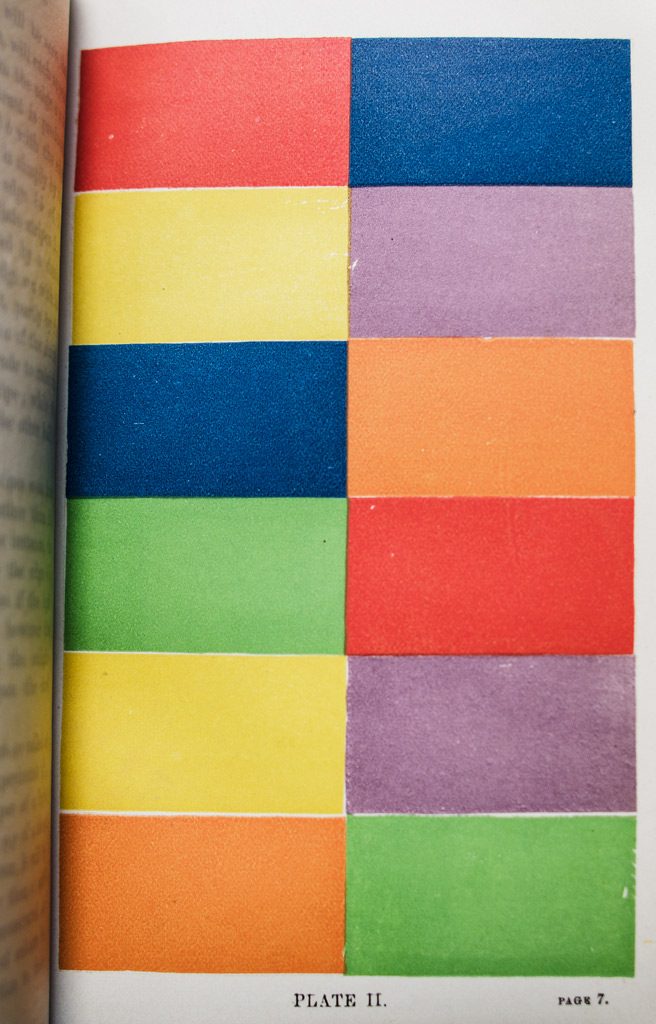

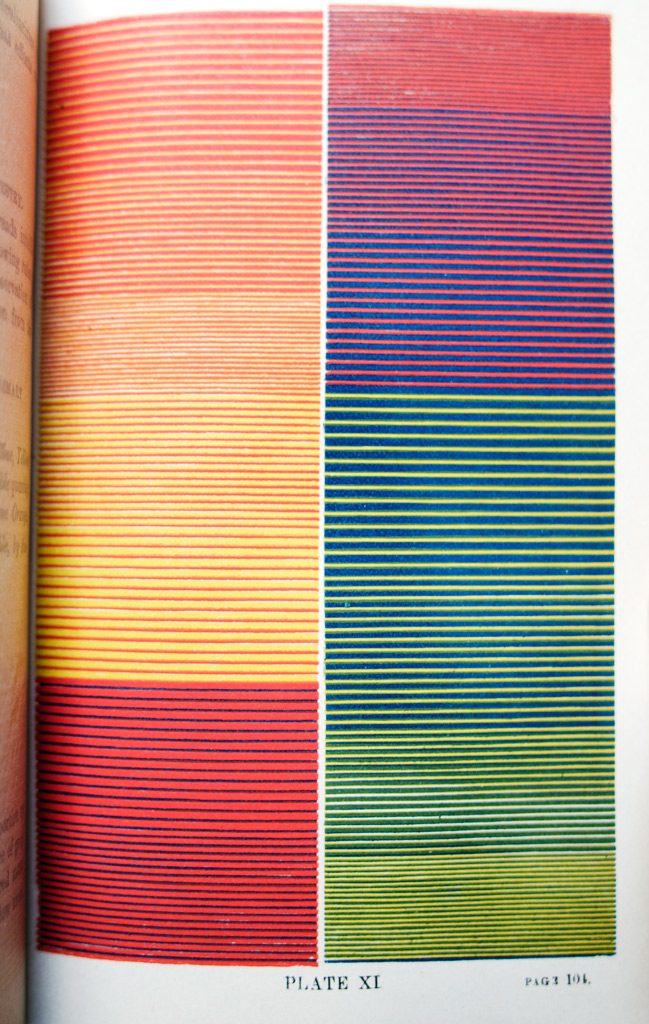
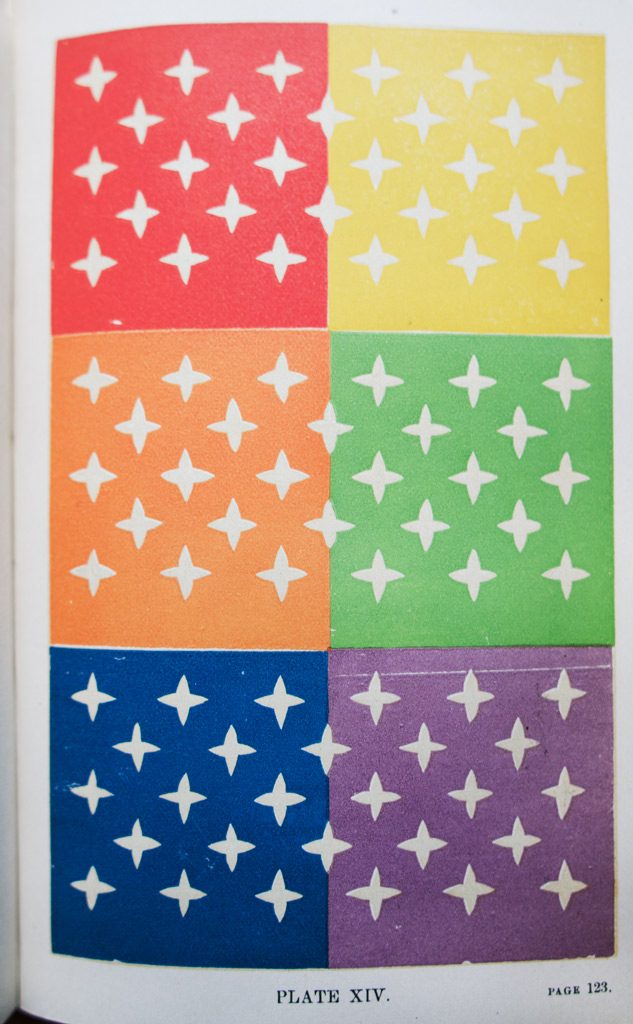
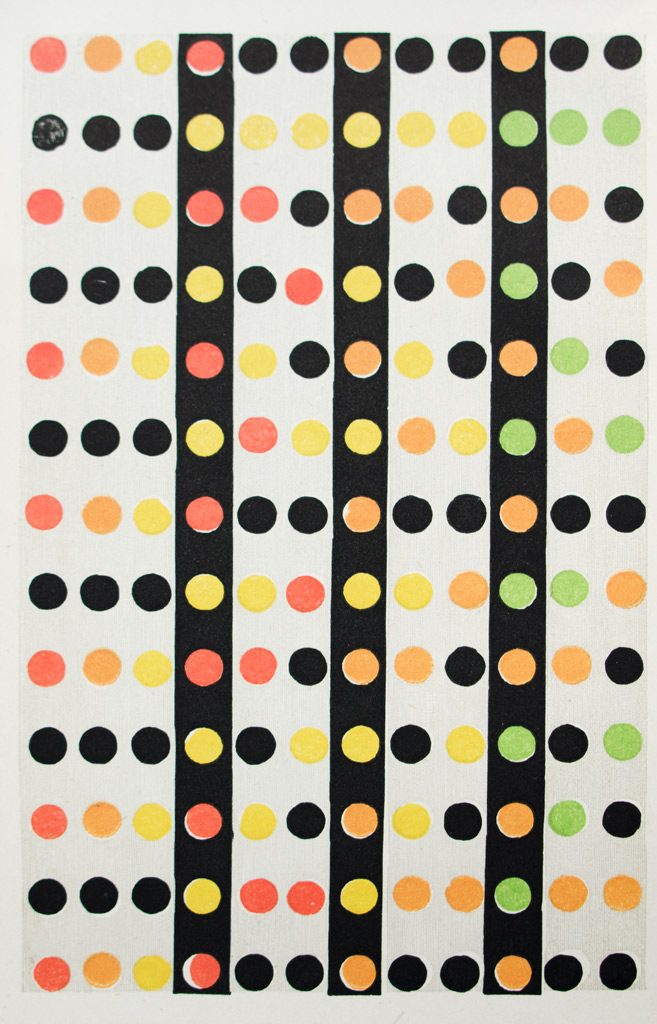
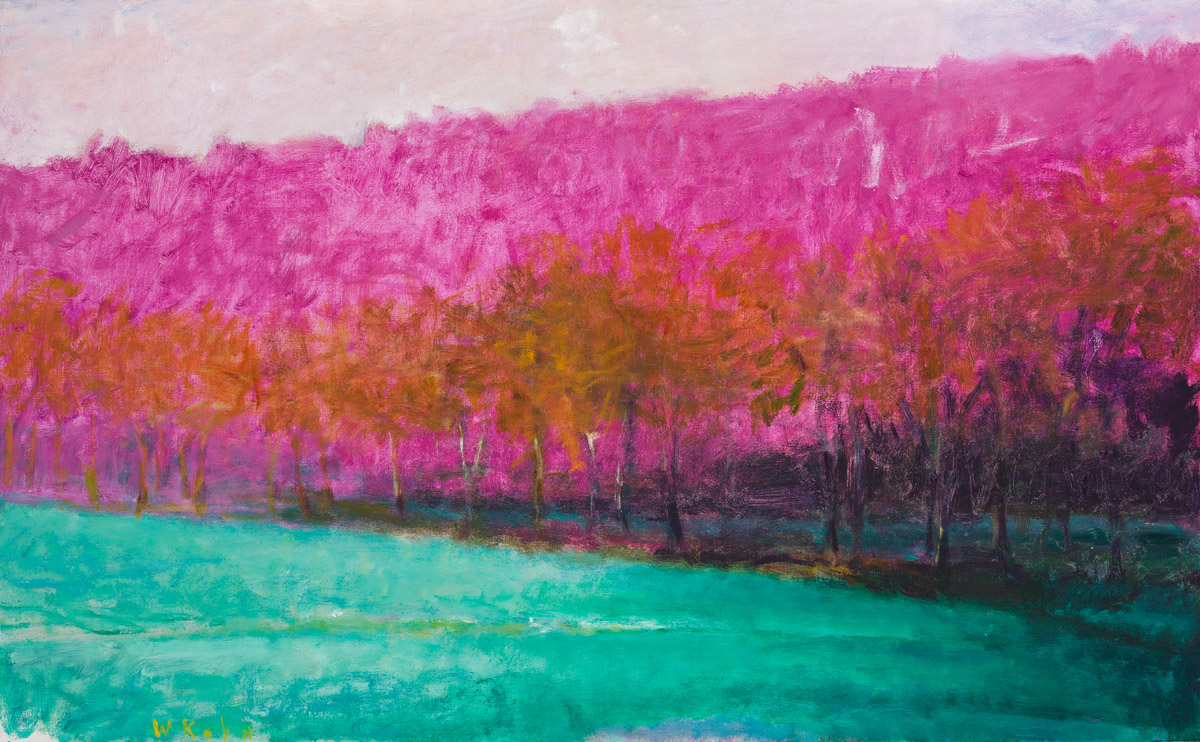
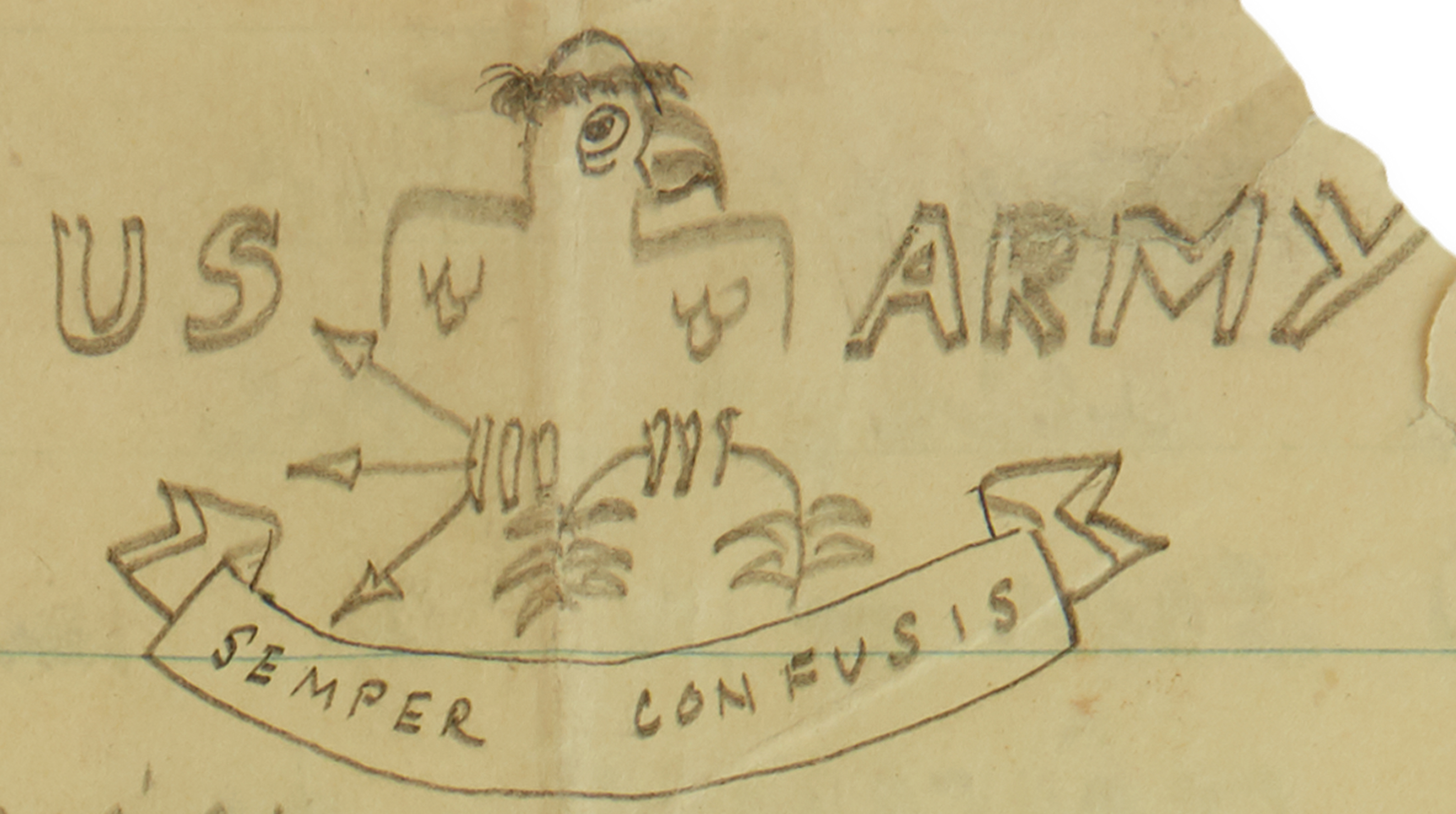
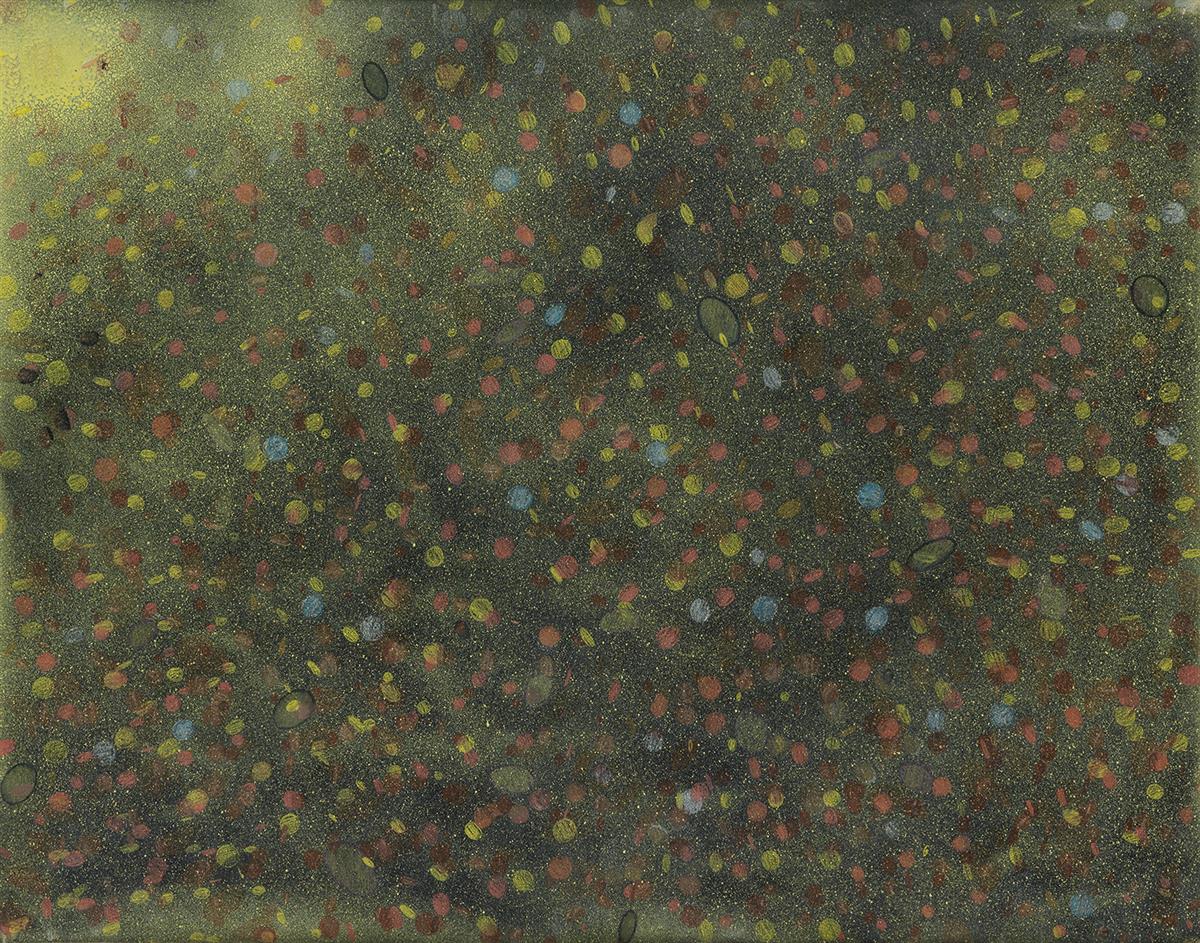






![Grace Meschery-McCormack shares about two copies of Fernando de Rojas’s ‘La Célestine,’ including a limited edition copy illustrated by Pablo Picasso.
At auction April 22. Learn more about the works at the link in our bio.
#Rarebooks #rarebookdealer #antiquarianbooks #auctions
_______________________________________
Music Credit:
Schubert - Piano Quintet in A major ‘The Trout’, D. 667 - IV. Andantino – Allegretto
Music provided by Classical Music Copyright Free on Youtube [https://tinyurl.com/visit-cmcf]
Watch: • Schubert - Piano Quintet in A major ‘...]](https://scontent-iad3-1.cdninstagram.com/v/t51.75761-15/491443494_18499096345036585_5935932878956098058_n.jpg?stp=dst-jpg_e35_tt6&_nc_cat=107&ccb=1-7&_nc_sid=18de74&_nc_ohc=AZ-awqelOZgQ7kNvwFA19hE&_nc_oc=AdkZVODYB5VxTPck7kaEV8QTzHwvQLzaAjo_r9W39mgpTAk2Ix_Bp7bj2bTOpAdxWZY&_nc_zt=23&_nc_ht=scontent-iad3-1.cdninstagram.com&edm=AM6HXa8EAAAA&_nc_gid=WYEcU6gC5TqWZD5uMxPhZg&oh=00_AfGiGi_LSZupgOmG9-F7SuCrqswGM5UOV8BXCEkXVaN-Cw&oe=680DB7D1)








